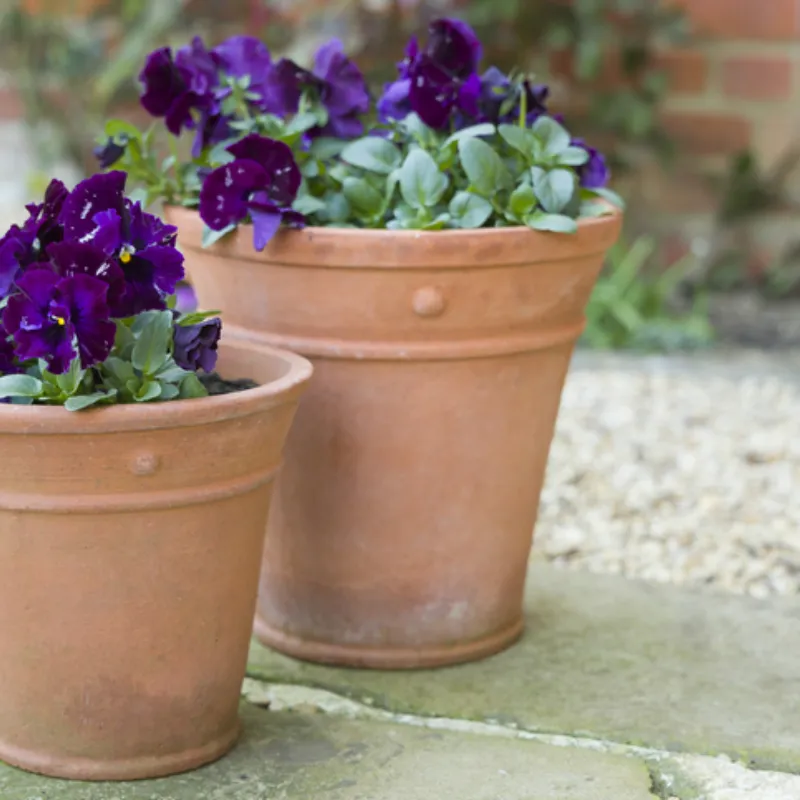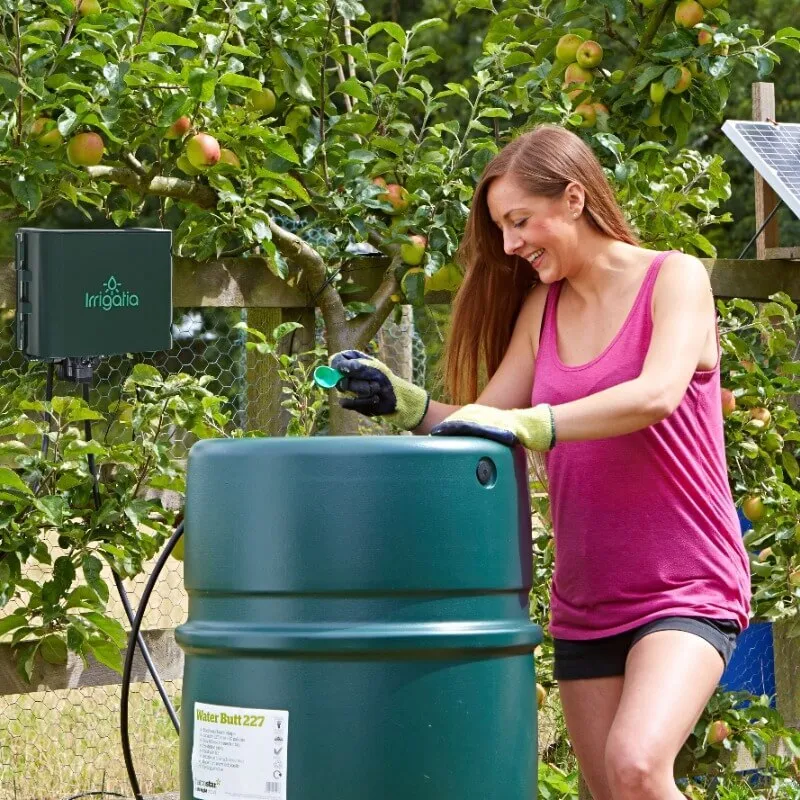How often to water indoor plants?
As gardeners we think about indoor plants in a variety of ways. Firstly, there are those we keep in our conservatories, hallways, kitchens, and bathrooms. Then, there are those plants we move into frost free areas, like greenhouses, garages, porches and cold frames.
For those plants that we keep in our homes, watering indoor plants becomes a challenge during winter. The number of available daylight hours is fewer. Plus, without heating systems on, managing the right temperature for a plant can be tricky.
However, one task that you want to make as easy as possible is providing water to the indoor plants, whether in the home or in the greenhouse. Let me show you how it can be done.
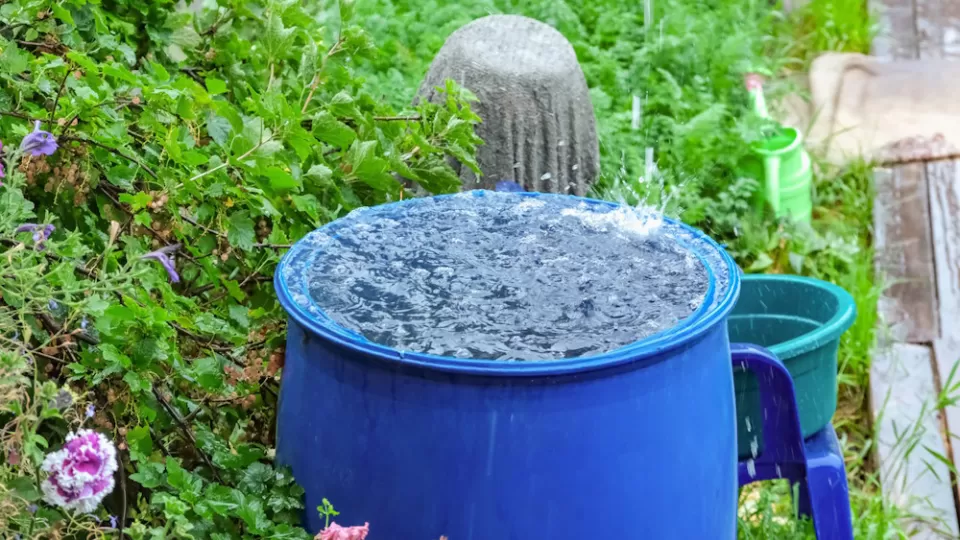
Using an indoor watering system for house plants in a conservatory
Conservatories are great for cultivating house plants, or for providing a bright space to grow other plants indoors during the cooler weather conditions. Particularly helpful if you don’t have a greenhouse. If you’re green-fingered and have quite a few plants growing in your conservatory, an irrigation system may come in handy. Find out how to use Irrigatia as an indoor watering system for house plants in your conservatory.
Water-loving house plants
Some indoor plants like house plants need considerably more water than others, so would certainly benefit from a consistent supply of water to rely on. Examples of houseplants which don’t like to dry out include:
- Anthurium crystallinum (Crystal anthurium) – Constantly moist soil.
- Asplenium antiquum (Bird’s nest fern) – Needs consistently moist soil.
- Howea forsteriana (Kentia palm) – Prefer evenly moist soil.
- Monstera deliciosa ‘Variegata’ (Swiss Cheese Plant) – Soil shouldn’t dry out (first few centimetres).
- Philodendron melanochrysum (Black-gold Philodendron) – Water when the first two inches of soil are dry.
- Stromanthe sanguinea ‘Triostar’ – Needs consistently moist but not soggy soil.
- Syngonium podophyllum ‘Mottled’ (Mottled Arrowhead plant – Can be drought tolerant, but prefers evenly moist soil.
It is worth noting that during the autumn months, there is less sunlight to power your Irrigatia unit. Therefore, periodically check your irrigated indoor plants just to be sure they have plenty of water, particularly during the shortest winter days. Assuming your unit isn't on the highest power level, you can always turn it up to a higher setting to get a longer charge into the batteries to compensate for lower light levels.
Also, house plants generally need much less water during the autumn and winter months, and should never sit in water. However, Irrigatia is well equipped for this. It is designed to water little and often, which is perfect for house plants. You can use the controller on the side of your Irrigatia kit to manually alter how much water output it has to suit your plants too.
How to install an indoor watering system in a conservatory
Similarly to a greenhouse, you need a couple of water butts attached to your conservatory’s guttering and an Irrigatia kit. These both need to be outside, so the water butt can collect water, and the kit has access to direct sunlight. You then need to find a way to thread the tube for the water irrigation into the conservatory.
Slotting it through a gap in a window may not be ideal if you don’t want to lose heat from the room and may create a security concern. Closing the window with the tube through a gap may inhibit the flow of water. Alternatively, you could find a spot to drill a hole through which to thread the tube. The tube is only 4mm in diameter, so it would only need a tiny gap. Once you push the tube through this gap, it will plug the hole and reduce any heat loss.
Now you’ve threaded the irrigation tubing into your conservatory, you can use zip ties, and the stakes included in the kit to hold the drippers in place. You now have an automatic, solar-powered, indoor watering system for indoor plants such as house plants.
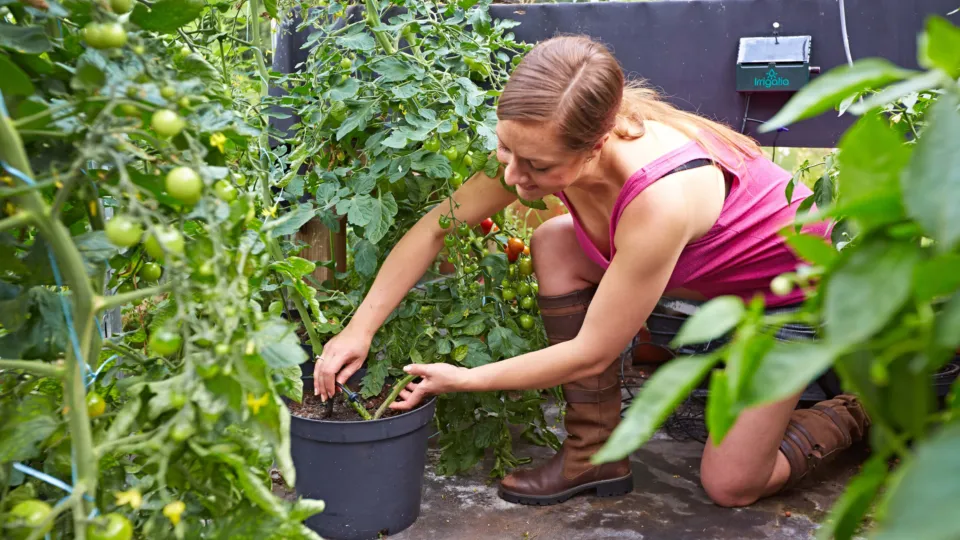
Using drip irrigation for indoor plants in a greenhouse
As autumn establishes itself this October, there are fewer crops and other plants to get started, but there are still options for your greenhouse. If you can heat your greenhouse as freezing temperatures appear, it is the perfect place to get some hardier crops and other plants started. Find out which plants you can still enjoy cultivating this season.
What to grow in a greenhouse in autumn
Firstly, winter salad leaves and Asian salad leaves are reliable and easy cropping plants to grow in a greenhouse in autumn. Hardier salad leaves like kale and spinach, or Asian salad leaves like pak choi and mizuna are all suitable to grow indoors in autumn. Plus, salad leaves can be cropped all year round, so you can continue to enjoy them into the winter months. Perhaps you don’t fancy salad in the winter? No problem, as each of these salad leaves is delicious when added to hearty Asian dishes and stews.
Additionally, some tasty herbs can be started in the greenhouse in autumn. Or if they are already established and growing in the garden, you can pot them up and move them to be indoor plants to protect them from frost. This way, you can enjoy them all winter. Herbs like mint can be grown this way, which will be delicious for making festive desserts to enjoy. You can also grow chives and parsley in the greenhouse, perfect for garnishing delicious dishes for an extra flavour kick.
Other plants you can grow in a greenhouse in autumn include:
- Spinach
- Mizuna
- Mustard leaves
- Hardy spring onions (ie 'Performer')
- Early peas
- Overwintering broad beans
- Chilli peppers
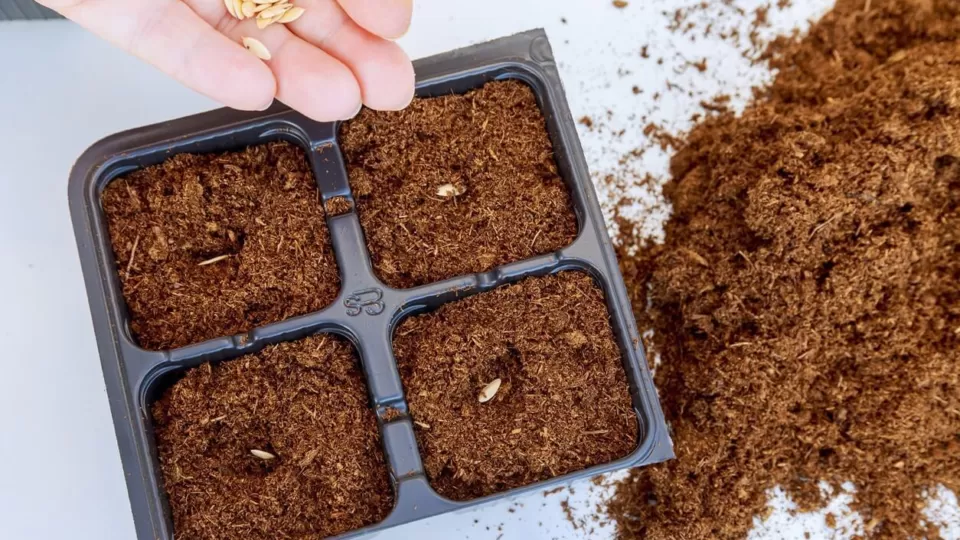
Using drip irrigation in a greenhouse
Caring for your greenhouse indoor plants is a wonderful autumn pastime. However, if this season and the winter months become quite busy, getting out in the garden can be challenging. Therefore, leaving your plants in the care of an automatic drip irrigation system like Irrigatia’s can give you the ease of mind that your plants are looked after.
With some water butts stationed outside your greenhouse to collect precious rainwater, (readily available in autumn), and position your Irrigatia kit outside too. However, you could also install the drip irrigation system indoors, if your greenhouse gets plenty of direct sunlight. You should attach the water butts to guttering on the roof of the greenhouse. You can choose an opening window in your greenhouse, preferably near a corner, to thread the irrigation tube through from the water butts and irrigation kit.
Then, using a series of stakes and zip ties, thread the tube around your garden containers so there is a dripper assigned to each of your indoor plants. A SOL-C12L kit should be plenty for a single greenhouse. However, if you have many plants needing care, perhaps opt for the SOL-C24L instead.


